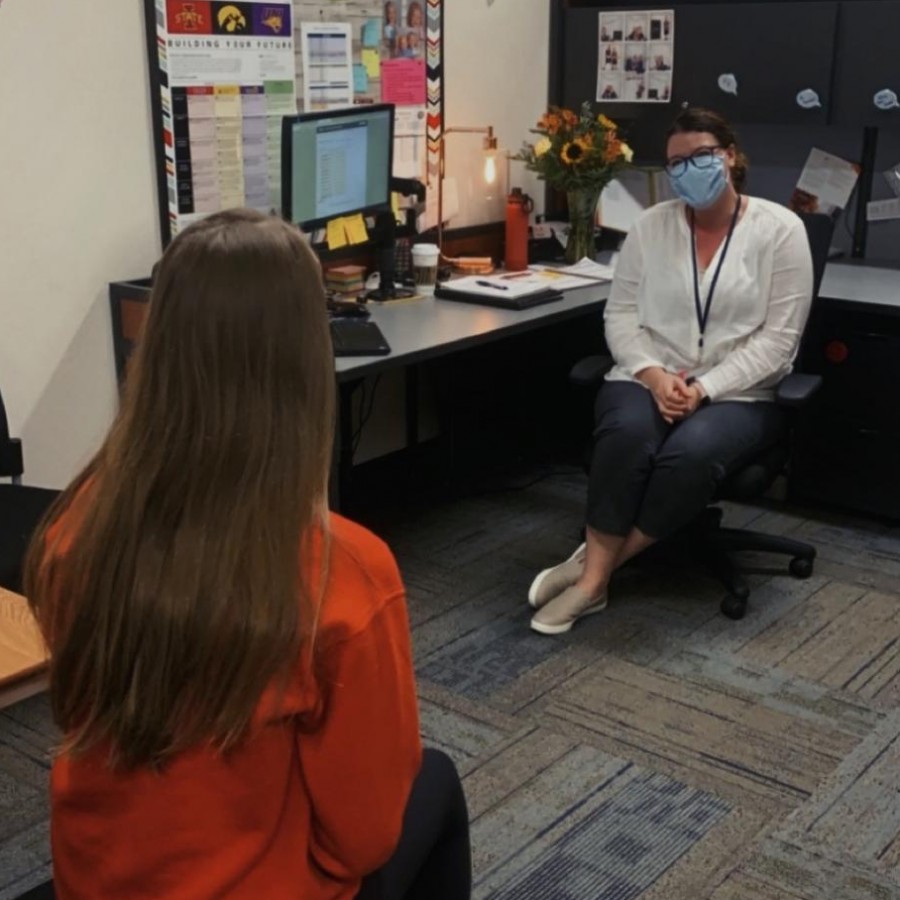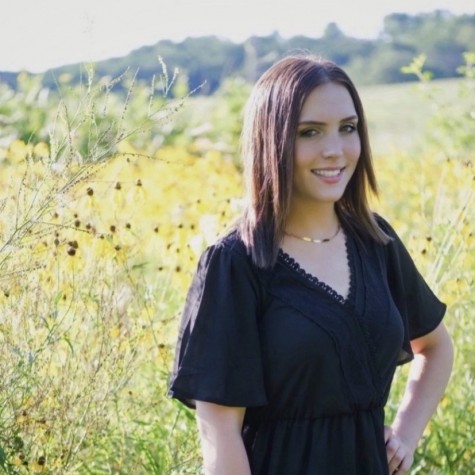An estimated 284 million people were affected by anxiety disorders worldwide, making it the most prevalent mental health issue globally in 2017.
Yet many people don’t even know what anxiety is or if they, too, could be affected.
There is a notable difference between feeling anxious and being afflicted by an anxiety disorder.
Possessing temporary and fleeting feelings of nervousness does not mean one has an anxiety disorder– having an anxiety disorder means experiencing recurring and perpetual feelings of anxiousness.
There are many types of anxiety disorders, “anxiety” is solely an umbrella term. The most common anxiety disorders are Generalized Anxiety Disorder, Obsessive-Compulsive Disorder, Panic Disorder, Post-Traumatic Stress Disorder, and Social Anxiety Disorder.
Anxiety is a silent–and–sometimes invisible issue.
Like many individuals, Junior Alexa Mulcahey was initially unaware of her condition. “I realized it wasn’t just me being anxious and it led to me discovering I had anxiety because I looked things up and discovered there is a difference between being anxious every once in a while and being anxious all the time without reason. Freshman year, I think, was when I realized I had it,” she stated.
Sometimes anxiety is difficult to identify. It is often confused with other conditions, like depression.
Michelle Kelley has been a Licensed Mental Health Counselor for over 25 years. “Anxiety can be confused with depression because there are overlapping symptoms between the two. The simple way to differentiate between the two is through mood. An anxious person is more keyed up, and depressed people have low moods and experience down-ness,” explained Kelley.
And all individuals cope with anxiety disorders differently.
“Some days when it’s bad I can’t breathe and I’m shaking. I often pull my hair, smack myself and cry. When bad situations happen instead of just being calm I freak out and shake,” Mulcahey said, describing her daily struggles with anxiety. Mulcahey internalizes her anxiety.
On the other hand, some individuals afflicted by anxiety disorders lash out. This can be misunderstood by outsiders.
Kelley offered an example of this. “Oftentimes, anxious people are misunderstood and misbehave. For example, if a child runs out of a classroom because they have a panic attack they are punished because they seem disobedient. As a result of this treatment, they become frustrated and their behaviors increase,” explained Kelley.
Although many members of society have anxiety, some possess a flawed perspective of it.
Kelley explained some misconceptions those without the disorder often believe. “They will think that person is weak. They think it is a reflection of someone’s character. They believe that they should control how they feel and their behaviors. There is this illusion of character defect and a myth that people can control their emotions. This is incorrect,” Kelley stated. People from all walks of life suffer from anxiety. Although avoidance is a hallmark of anxiety, when attempting to treat it, Kelley granted the following advice: “Receive help from a mental health professional.”









